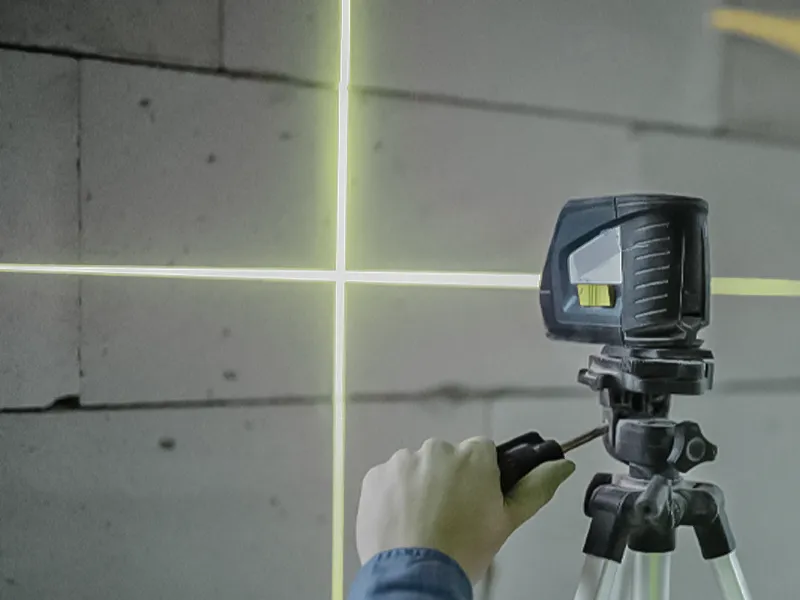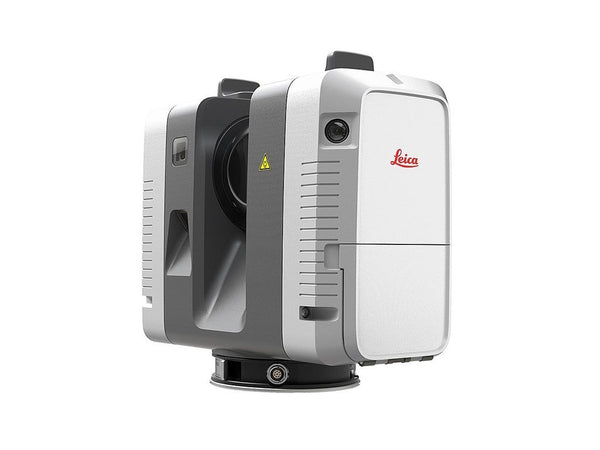When Architects Rely on 3D Scanning for Accurate Site Data
Wiki Article
Exactly How 3D Laser Scanning Changes Architectural Layout and Building And Construction Projects
3D laser scanning is changing the landscape of building layout and construction. This modern technology uses unequaled accuracy in recording existing atmospheres, which helps with far better task preparation and implementation. It lowers mistakes while improving efficiency in different stages of growth. The implications for partnership among architects, engineers, and other stakeholders are substantial. These advancements unlock to brand-new style possibilities and cutting-edge solutions. What exists in advance for this evolving innovation?The Fundamentals of 3D Laser Scanning Innovation
Although 3D laser scanning modern technology might appear complex, its core concepts are uncomplicated and transformative for building style. This modern technology uses laser beam of lights to catch specific measurements of physical structures, producing an in-depth factor cloud that represents the scanned setting. A laser scanner releases quick pulses of light, measuring the time it considers the light to return, which enables for the computation of ranges with remarkable precision.The resulting factor cloud can be exchanged a 3D model, supplying engineers with indispensable aesthetic information. This design allows experts to adjust and assess design elements within their jobs, allowing for innovative remedies and improved visualization. By employing 3D laser scanning, designers can much better comprehend the existing conditions of a site, making sure that brand-new designs harmonize with their environments. This assimilation of innovation right into architectural layout notes a considerable improvement, promoting imagination and precision in the field.

Enhancing Accuracy and Efficiency in Architectural Projects
As building jobs significantly require precision and rate, 3D laser scanning becomes a critical device in enhancing both precision and effectiveness. This technology records millions of information points in a quick timeframe, producing in-depth and precise 3D designs of existing structures. The ability to acquire precise dimensions decreases the threat of errors throughout the layout phase, permitting architects to envision their jobs with unparalleled clarity.The rapid data collection procedure minimizes the time spent on-site, making it possible for groups to focus on evaluation and style improvements. With real-time information schedule, changes can be made promptly, promoting a more streamlined workflow. The integration of 3D laser scanning right into building methods not just boosts measurement accuracy however also improves the general project timeline, facilitating quicker decision-making. In a market where precision is crucial, this modern technology stands as a transformative pressure, raising the criteria of architectural layout and construction jobs.
Simplifying Collaboration Among Stakeholders
While typical architectural processes often include fragmented interaction amongst stakeholders, 3D laser scanning cultivates a more natural collaborative atmosphere. By supplying precise, high-resolution information, this modern technology permits architects, designers, customers, and professionals to operate from a unified point of referral. The comprehensive visualizations created via laser scanning get rid of false impressions and uncertainties, guaranteeing that all celebrations have access to the very same information.This transparency improves decision-making and motivates timely comments, as stakeholders can quickly picture layout elements and spatial relationships. Furthermore, the combination of 3D scanning information right into Structure Details Modeling (BIM) systems better streamlines collaboration, permitting real-time updates and adjustments. Such smooth communication not only decreases conflicts but likewise increases task timelines, as all stakeholders continue to be lined up throughout the layout and building and construction stages. Eventually, 3D laser scanning transforms traditional process into a more joint and effective procedure, benefiting all celebrations included.
Unlocking Imaginative Possibilities in Layout
By making it possible for architects to imagine complex intricate details and spatial relationships, 3D laser scanning reveals imaginative opportunities in design. This innovation permits accurate mapping of existing environments, making it possible for engineers to check out innovative principles that may have previously appeared impractical. With very accurate data, designers can explore unusual kinds and products, pushing the boundaries of standard architecture.Additionally, the integration of 3D laser scanning right into the design process cultivates partnership amongst multidisciplinary teams, motivating the exchange of concepts and boosting imagination. The thorough visualizations generated by this modern technology not just aid in recognizing prospective style obstacles yet also influence services that may not have actually been thought about. Because of this, designers can develop much more appealing and vibrant rooms that reverberate with customers while fulfilling functional needs. Ultimately, 3D laser scanning transforms the architectural landscape, equipping developers to recognize their visions with unprecedented precision and imagination.
The Future of 3D Laser Scanning in Architecture and Construction
Our site The assimilation of 3D laser scanning into building layout not just boosts creativity yet likewise sets the phase for its evolving duty in the future of architecture and building and construction. As technology breakthroughs, the precision and performance of laser scanning will certainly continue to enhance, allowing architects and building contractors to produce extra complex styles with precision - 3D Scanning. Making use of this technology in real-time data collection will certainly promote much better decision-making, minimizing mistakes and enhancing processFuture applications may include virtual and enhanced fact combinations, allowing stakeholders to imagine tasks in immersive environments. Furthermore, as sustainability comes to be a concern, 3D laser scanning will certainly sustain the growth of energy-efficient designs by giving detailed understandings right into existing structures. As collaboration amongst numerous self-controls ends up being even more essential, click resources the ability to share precise 3D models will cultivate development and improve project end results. Inevitably, 3D laser scanning will certainly redefine standards in architectural style and building and construction techniques.
Often Asked Concerns
What Is the Cost of Applying 3D Laser Scanning Innovation?

The length of time Does a Typical 3D Laser Scanning Project Take?
A regular 3D laser scanning project can take anywhere from a couple of hours to several days, depending upon factors such as the job's dimension, intricacy, and the degree of detail required for exact data capture.What Kinds of Projects Advantage The Majority Of From 3D Laser Scanning?
3D laser scanning advantages numerous projects, especially large-scale buildings, historic reconstructions, and intricate restorations. It boosts precision in measurements, lowers mistakes, and gives comprehensive data essential for reliable planning and implementation in architectural layout and building.
Exist Certain Software Program Programs Required for 3D Laser Scans?
Yes, particular software application are vital for processing 3D laser scans. 3D Scanning. Popular alternatives include Autodesk ReCap, Faro Scene, and Leica Cyclone, each offering unique functions tailored for assessing and visualizing checked information properly in numerous tasksJust How Does 3D Laser Scanning Influence Environmental Sustainability in Building And Construction?
3D laser scanning boosts ecological sustainability in building and construction by decreasing product waste, making it possible for specific dimensions, and advertising reliable source usage. This modern technology permits better planning, lowering the eco-friendly footprint of building and construction projects via boosted precision and performance.3D laser scanning is changing the landscape of architectural find out here design and construction. 3D laser scanning technology may appear complex, its core principles are transformative and straightforward for architectural design. By making it possible for engineers to picture intricate detailed details and spatial relationships, 3D laser scanning discloses imaginative possibilities in design. The integration of 3D laser scanning into the layout procedure promotes cooperation amongst multidisciplinary groups, encouraging the exchange of concepts and boosting imagination. The combination of 3D laser scanning into architectural style not only boosts creative thinking however likewise establishes the stage for its progressing role in the future of style and building and construction.
Report this wiki page